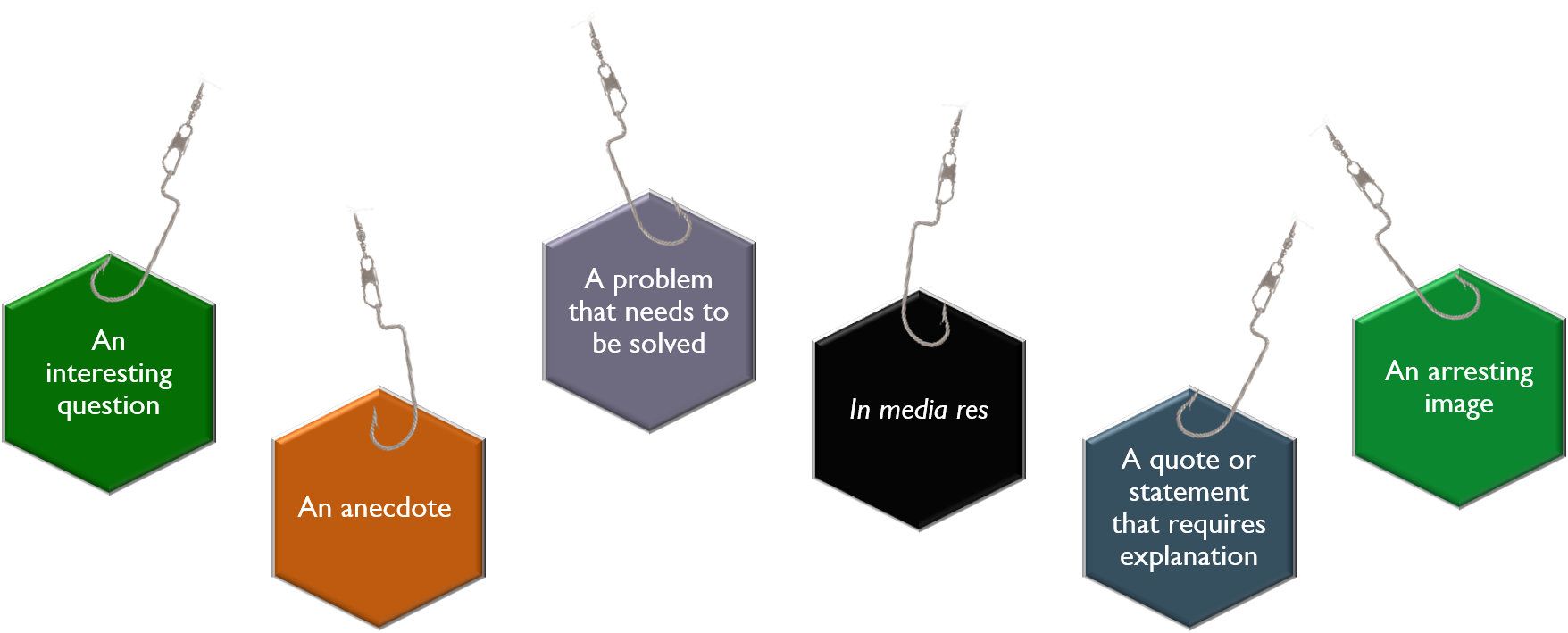How to Ace Your College Essay
Writing college admissions essays can be stressful for even the savviest of applicants. As competition for top-tier colleges continues to rise, so does the pressure to craft a personal statement that stands out. We get it and want to give you a method to approach your writing with more confidence. We truly believe the personal statement is an opportunity to shine and helping students tell great stories is our passion!
Over the past decade we have helped hundreds of students ACE this part of the application. Dig in on these 5 key actionable steps covering everything from how to choose the right topic to polishing your final round of revision. For even more detailed help, you can check out the next session of Write Your Way Into College.
Step 1: Choosing a Topic
“There is nothing to writing. All you do is sit down at a typewriter and bleed.”
- Ernest Hemingway
 Choosing your personal statement topic that aligns with your overarching application strategy is a difficult, but vital step. Still, it doesn’t have to be as painful as Hemingway says, so don’t let yourself get bogged down in this stage. Writing and revising a compelling essay truly is a process. Unfortunately, many students (typically the best of you) get paralyzed because they want to have the perfect topic nailed down before beginning to write. Here’s what you should do instead:
Choosing your personal statement topic that aligns with your overarching application strategy is a difficult, but vital step. Still, it doesn’t have to be as painful as Hemingway says, so don’t let yourself get bogged down in this stage. Writing and revising a compelling essay truly is a process. Unfortunately, many students (typically the best of you) get paralyzed because they want to have the perfect topic nailed down before beginning to write. Here’s what you should do instead:
Get Started Early
This process takes time, and the earlier you start, the better off you will be. It usually takes much longer than you think to explore ideas fully and then write multiple drafts that may veer in new directions. Since the Common Application essay prompts barely change, there are no excuses.
Don’t forget you may have dozens of school-specific supplemental essays to complete. While it can be compressed, writing compelling college admission essays can be a 9-10 month process.
Avoiding writing about a favorite extracurricular activity or what you want to study will save you time and effort because you will need to write about these topics in your supplemental essays.
Analyze the Prompts
The Common Application essay prompts are often left a little vague on purpose to give you flexibility and encourage creativity. Unlike essays for English class, the most important aspect of your personal statement is you. Whichever prompt you choose, admission officers want you to tell a story that reveals your character, personality, and how you think.
School-specific supplemental essay prompts can often be more pointed. The three most common supplemental essay prompts are about an extracurricular activity, "Why Our College" and "Why That Major."
Use Character Strengths and Core Values
One of the best ways to brainstorm your personal statement topic is by asking yourself, "What are the character strengths or core values you want to highlight in your application?" The goal is for your essay to illustrate their development by showing you both in action and in reflection.
After narrowing down your potential topics, free-write at least 2 paragraphs for each. One example of you demonstrating the character strength or core value when you were younger and one example that is more recent.
Deconstruct an Example
While reading too many examples can be detrimental to your writing process, try to deconstruct at least one example. Begin by analyzing what character strengths and core values the author is highlighting throughout their story.
When choosing your own topic consider which of your character strengths or core values may not be communicated in other parts of your application. Start there. Remember, while you want your essay to make an impact, the best essays are often built on seemingly ordinary experiences like shopping at Costco or making a cheesecake.
The key is to ask yourself, “will this experience provide a vehicle for demonstrating the development of my character strengths and core values?” If yes, leave any fear of making a mistake behind. You can always come back.
Step 2: Outlining
“Perfectionism is the voice of the oppressor.” - Anne Lamott
The Epic and The Episodic
The epic structure is one of the most enduring in history. It has been used in everything from Homer's Odyssey to films like Star Wars and The Matrix. Commonly referred to as "The Hero's Journey", it is a great way to structure your personal statement. If you have one primary character strength or core value you want to highlight through one continuous narrative, this is the way to go. You can and should weave in additional character strengths and values along the way, but the defining characteristic of the Hero's Journey Structure is that the events are linked by causality.
In contrast, the events in an episodic structure are linked thematically. We refer to this as the "Curated Stories Structure." Often used in short story collections like Jame's Joyce's Dubliners or TV shows like "Law and Order", this is also an excellent way to structure your personal statement. If you want to tell multiple stories that highlight one primary character strength or core value this is the right choice. Don't worry, you will weave more in along the way here as well.
Below is a breakdown of the key stages in The Hero's Journey.
Hero's Journey Structure
This structure can be broken down into 5 parts 
Status Quo
The main character in the story —in all college essays that should be You!—is living his or her normal life. There is often an issue or problem.
Inciting Incident
Something happens that forces the issue and causes the hero to need to act. Essentially, you are called to adventure. The hero may be hesitant or excited at first.
Mounting Challenges
The action progresses and the hero continues to act as additional challenges and formative experiences present themselves, often building up to a major decision and action.
Check Point:
Is your outline aligned with the prompt you chose? If it is, proceed with writing your first draft. If it isn’t, identify why not and consider either changing the outline or selecting a different prompt more aligned with your developing story.
Step 3: Drafting
“The first draft is just you telling yourself the story.” – Terry Pratchett
The Hook
One attention grabbing technique is starting in media res which is just a fancy Latin term that means in the middle of the action. So beginning your essay in media res simply means to start in the middle of a scene without telling all the backstory or what happened prior to it. The backstory or context can either be easily assumed or if it is necessary to understand the essay, it can be filled in later through flashback or description of the past events.

Showing AND Telling
“Show, don’t tell” is one of the most common pieces of creative writing advice. It has become a cliche, because, on the whole, it is generally pretty darn good advice. Essentially, showing means using description and action to help the reader experience a story. Telling is when a writer summarizes factual information for the reader which limits the experience.
The Pithy End
Just as you want to hook a reader from the beginning, you want to end your essay on a high note. Strong endings are not necessarily abrupt, but do fairly quickly sum everything up, tie connections together and give us a last bit of insight.
Sometimes there is a “call back” to an earlier part of the essay that highlights the difference between an earlier time and the new normal. If we can do this with a nice turn of phrase that includes the hard-won wisdom, you probably have a winner.
Step 4: Editing & Revising
“I’m all for the scissors. I believe more in the scissors than I do the pencil.” – Truman Capote
Step 5: Final Review
Our Mission is
To help students ACE their Personal Statement
If you're feeling less than relaxed about writing a compelling Personal Statement or the entire college planning and application process then submit this form to schedule a free consultation to discuss personalized one-on-one guidance so we can help you achieve your goals.
- Maximize Potential
- Tell Your Story
- Earn Admission
